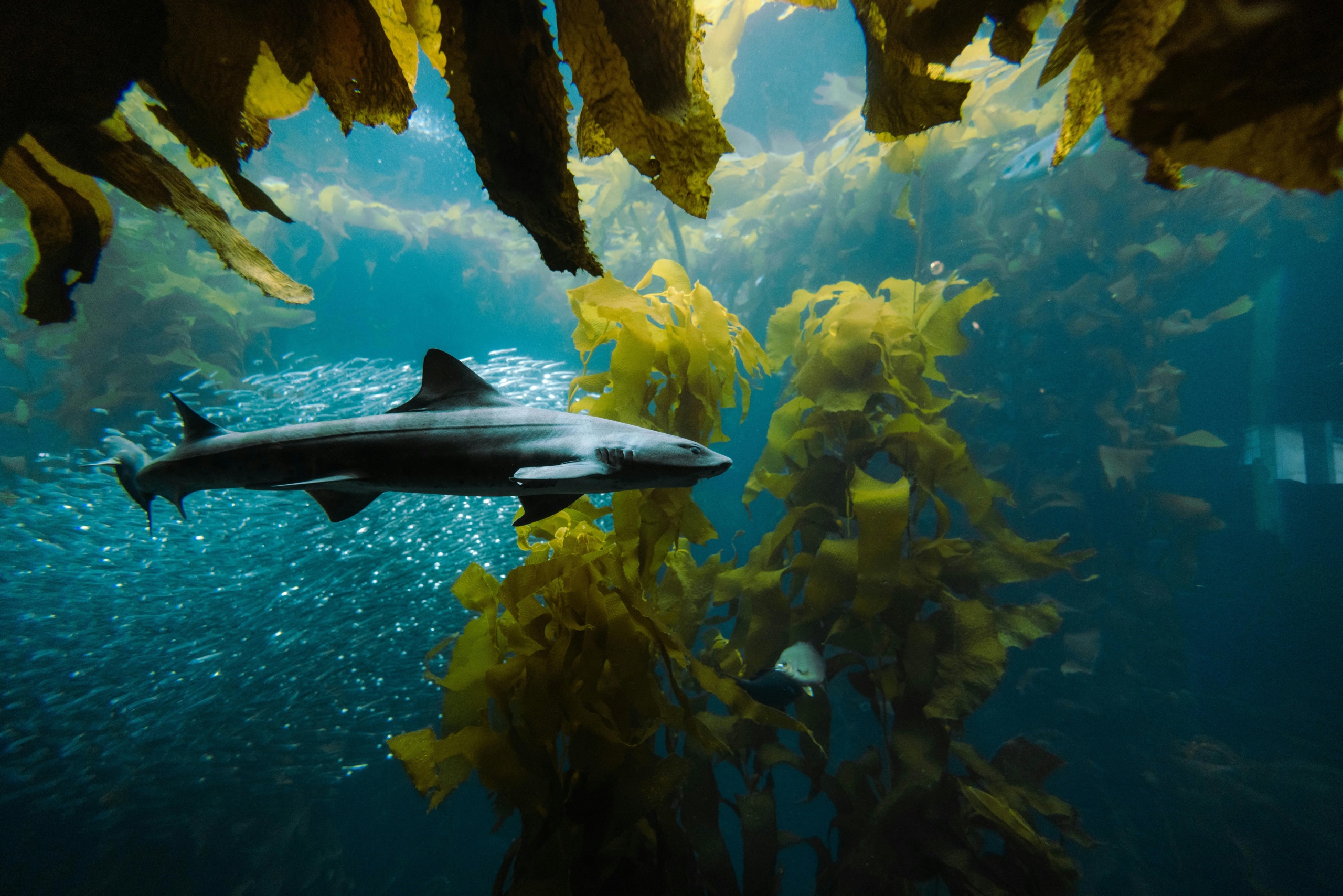
By Rita Evelyne Joshua, Publishing Associate: Researcher and Writer at Save the Water™ | September 25, 2025
Edited by Chase Day O’Donnell, Publishing Intern at Save the Water™ and Joshua Awolaye, Publishing Associate: Editor at Save the Water™
Kelp forests serve as the lungs of marine ecosystems. Environmental factors have caused kelp forests to decline by 95 percent. Kelp forest restoration has become a major concern because they function as shelters for marine life. The National Oceanic and Atmospheric Administration (NOAA) has allocated $4.9 million in grants for kelp forest restoration. NOAA uses diverse approaches to restore kelp forests. This funding demonstrates the importance of maintaining marine ecosystems.
Kelp forests cover 30% of the world’s coastlines and stretch across 21 countries. These underwater ecosystems flourish in around 30 hotspots worldwide. In the US, kelp thrives in the cold, shallow waters along the Pacific coast, extending from Alaska to Baja California. Kelp consists of at least 30 different species of photosynthetic brown algae. The kelp develops into thick patches, known as kelp beds, which grow up to 18 inches per day. These dense underwater forests create self-sustaining ecosystems, much like mangroves and coral reefs do in their respective environments.
2. Environmental Benefits
3. Human Uses
Despite their importance, the number of kelp forests have declined over the past decade. This problem stems from overgrazing by fish and sea urchins. Several environmental factors including climate change, pollution, diseases, commercial harvesting, and heat waves play minor roles in damaging kelp forests.
Sea urchin numbers have increased because sea otter and starfish populations have decreased. This helps to maintain balance in the marine ecosystem by eating sea urchins.
National organizations and groups worldwide are now trying to restore kelp forests. These organizations use different approaches to bring back these important underwater ecosystems.
Managing sea urchin populations is the key step to protect kelp forests. People use several ways to reduce sea urchin numbers and protect kelp.
Scuba divers/Manual harvestingScuba divers harvest sea urchins by using tools to crush, puncture, and vacuum them from kelp forest areas. Divers also use fish and seaweed as bait to draw in and remove sea urchins naturally. However, these methods take time and require many workers.
Chemical treatmentQuicklime (calcium oxide) works as a cheap chemical agent to control sea urchin populations. When quicklime dissolves in water, it produces heat that damages the outer walls of sea urchins and reduces their numbers.
Introduction of predatory speciesScientists also bring in sea urchins’ predators to slow the sea urchin spread. Red king crabs and wolffish naturally eat sea urchins and are used to help keep their populations in check.
Scientists reintroduce keystone creatures like sea otters and starfish to kelp forests. These creatures feed on sea urchins in the region and help restore natural balance.
Marine biologists practice “the marine garden.” In other words, they make and improve low-cost aquaculture techniques. They produce lab-grown kelp (sporophytes) and plant them in the sea to improve kelp forest density and support restoration efforts. In this process, the spores are collected from the kelp fruiting body. The spores are then grown in the lab under ideal conditions. The healthy sporophytes are then transferred into the ocean to improve kelp population.
Researchers make and improve bio-stimulants from killed sea urchins. They produce fertilizers from the dead sea urchins’ shells. These bio-stimulants produce good crop yields. They can offer a different choice in place of chemical fertilizers.